Before paying any tax, a citizen, or an entrepreneur, calculates the appropriate base. He must carry out all his actions in strict accordance with the law.
Which of Articles of the Tax Code of the Russian Federation normalize the calculation of tax bases? What should property owners and entrepreneurs pay attention to - as entities that most often pay the corresponding fees to the treasury?
Tax base: what the law says
The tax base, in accordance with the regulatory legislation of the Russian Federation, is the financial (value) expression of revenue, reduced by the amount of costs, on the basis of which the corresponding fees to the treasury are calculated. Here we can talk about cash profits or the one that is calculated on the basis of income in kind. In the second case, prices determined by Article 40 of the Tax Code of the Russian Federation are an alternative to monetary expression.
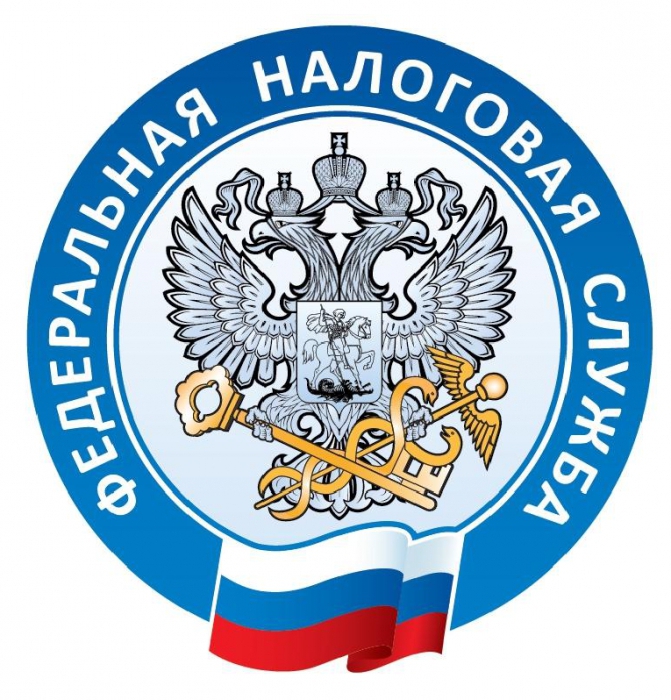
The base is not the tax itself, which is calculated as a certain percentage of it. For example, if we are talking about property fees, then the basis, as a rule, is the market value of the property in its pure form or using the correction factors (benefits) prescribed by law. As such, the tax itself is calculated on the basis of a percentage of the original amount.
Base for property fees
So, first, real estate. How it is calculated if we are going to pay property tax base? In accordance with current legislation, the inventory cost of an apartment (as well as a summer residence, garage and other buildings that belong to citizens by right of ownership) is taken as the basis. This information is in BTI structures at the place of registration of property.
The tax base is equal to the inventory value minus shares in the ownership of real estate by other persons. The value of the fee as such to be paid to the treasury is determined by multiplying the resulting figure by the tax rate, which, in turn, depends on the inventory value. If there is information in the BTI that the property is worth 300-500 thousand rubles, then the rate of 0.1% is applied. If 500 thousand or more, then 0.3%.
However, the legislation (especially in the part that is responsible for such components as the rate and tax base) of the Russian Federation is actively changing. At the federal and regional level, legal acts are adopted that imply the calculation of property fees on the basis of other principles. Which ones?
New in law
Consider how the formation of the tax base in this segment proceeds from the legal mechanisms currently operating in Moscow. The fact is that metropolitan lawmakers have already approved the rules, which, according to many experts, can significantly alter the process of calculating and collecting property taxes.
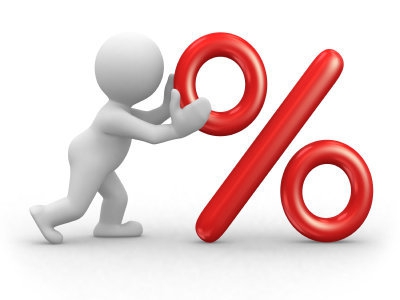
From 2015, owners of Moscow real estate will pay fees based on the cadastral price of apartments (while before the amendments to the laws, the tax base was calculated on the basis of the inventory value). The base rate of the fee to be charged in the capital is 0.1%. In addition, individual prefectures of Moscow will have the opportunity to use a raising factor of 3 units. It is expected that its practical use will depend on the value of the property. For example, if this is an apartment whose price does not exceed 10 million, then you will have to pay at a rate of 0.1%. But if, for example, an elite house worth more than 50 million, then the rate can rise to those same 0.3%.
Base and cadastral valuation
What are the distinctive features of the cadastral principle of real estate valuation? How is it related to determining the tax base? The main thing that should be said about cadastral value is that, as a rule, it changes from year to year. In most cases - upward, and mainly because the market price of apartments is growing. The policy of departments responsible for cadastral registration of real estate, according to experts, is a tendency towards the maximum approximation of the estimated cost of apartments to market prices.
Therefore, the tax base that is applied today (when the relevant amendments to the law did not enter into force throughout the Russian Federation), taken into account for calculating property taxes, is likely to grow several times in the coming years. Experts estimate that the fee for real estate in Moscow next year will increase significantly.
Thus, in Moscow, the tax base from 2015 will be calculated based on the cadastral valuation of real estate. Rosreestr will deal with its definition, respectively, data on its apartment can be found on the website of this department. At the same time, with regard to the remaining conditions for calculating property taxes in the capital, they, as we have said above, are implemented in full compliance with federal legislation, which may provide for a number of benefits, including those that can directly affect the formation of the tax base .
Base and benefits
In particular, in Moscow in the first years after the introduction of fees based on cadastral value, a special type of deduction is provided. For apartments - 20 sq.m., for rooms - 10, for houses - 50. They can be used to reduce the share in the formula that we presented above.
We give an example. Let's say we have an apartment in Moscow with an area of 100 square meters. m. and the cost of 10 million rubles. According to the standard formula without deduction, this is the tax base. The calculation of the amount payable to the treasury is very simple: we take 0.1% of this amount. It turns out that the fee is 10 thousand rubles. But, according to current exemptions in the metropolitan legislation, we can subtract from 100 square meters. m. exactly 20. Thus, we are reducing our "reporting" share in real estate ownership by 20%. As a result, the actual fee will amount to 8 thousand rubles.
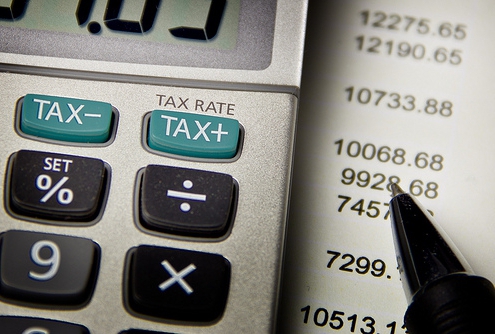
We also note that the database of the tax inspectorate in each city contains a list of persons released from property encumbrances. Citizens of such categories include, as a rule, those who, as a matter of priority, use the majority of other measures of state support. For example, these are Heroes of the Soviet Union, participants of the Great Patriotic War, specialists who participated in the liquidation of the consequences of the Chernobyl accident.
Also, much depends on the types of real estate. If there are quite a few categories of people who are entitled to privileges in apartments, then the legislator gives significantly more exemptions regarding the ownership of garages and many other types of buildings. For example, in such cases, pensioners are not required to pay taxes. Also, the tax base is not accrued if a person owns a building with an area of less than fifty square meters.
Base for VAT
We turn to business topics. One of the fees for which entrepreneurs regularly calculate the tax base is VAT. By what formulas? We will answer this question using a simple example.
Suppose we are a clothing store. We buy scarves from the supplier at a price of 100 rubles apiece and resell them for 200 rubles. The task is: to pay, correctly calculating such a parameter as the tax base, VAT. We assume.
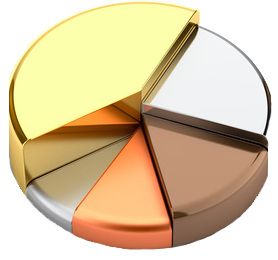
If the supplier is a Russian company or individual entrepreneur (we agree that this is so), then the 100 rubles for which he released the goods to us already include 18% VAT. This tax is actually paid by ourselves. The supplier in the form of net revenue thus receives approximately 84.75 rubles (100 divided by 1.18).In turn, the legislator allows us not to calculate VAT again: all we have to do is pay VAT on our mark-up. Which, according to our formula, is 100 rubles. Thus, the tax base underlying VAT is determined by us.
How to calculate the exact amount of tax? Very simple. We share our 100 rubles. by 1.18 and we get 84.75. This will, in turn, be our net revenue. When the buyer pays us 200 rubles for the goods, we transfer about 15.25 (100 minus 84.75) to the treasury according to the details of the Federal Tax Service.
VAT: calculation nuances
We note a number of nuances characteristic of how the determination of the tax base for VAT and the calculation of a specific tax amount occurs. First of all, if we conduct business, we should make sure that our type of activity basically involves the payment of VAT. For example, if the product is exported, then this tax does not have to be paid. You also need to find out if the goods we sell fall into the category for which VAT is not 18%, but much less - 10%. Many children's products and food items meet this criterion.

If we export the goods, but before that we purchase it from a Russian supplier, then we have the right to expect a refund of the VAT paid by us. In this case, we are talking about a rather interesting case - we are calculating the tax base not for the purpose of paying fees, but for the purpose of returning the funds already transferred from the treasury (or their mutual offset in relation to our current obligations).
Income tax and related base
We continue to talk about business. The fees that entrepreneurs pay are far from being limited to just one VAT (which in fact is paid not so much by the businesses themselves as their customers and customers). The tax base for profit, as well as VAT, is calculated regularly by businesses. Of course, if the company does not work on UTII and USN. Under these tax regimes, the formulas for calculating fees to the treasury are completely different. And the tax base is completely different. As a rule, it is more profitable to conduct business with UTII and STS, but in some cases, firms consider it more appropriate to work under a general taxation regime. He in this case remains relevant.
The tax base of organizations operating under the general system of accounting for fees is formed on the basis of any type of economic benefit received by the company in cash or in kind (with subsequent evaluation). As a rule, this is revenue from the sale of goods, the provision of services, the performance of work, the exercise of property rights. The entrepreneur should, first of all, carefully study the 251st article of the Tax Code of the Russian Federation, which contains a list of income that can not be taken into account when calculating the base for income tax.
The amount of revenue received by the company may be reduced by the amount of fees charged by their payers to their customers or customers. Among these are the VAT considered by us, as well as excise taxes. That is, when we get 200 rubles for the sold scarf (if we continue to consider the example with the store), then we pay income tax based on the size of the base from which 15.25 rubles are deducted. We have already transferred these funds to the treasury as VAT.
Base on income from the sale of goods
The most common case when businesses calculate the tax base for profits is the receipt of income from the sale of goods. Such activity is recognized, in accordance with the Tax Code of the Russian Federation, the transfer on a commercial basis of the right of ownership of products, as well as the provision of services, again in the best interest. In rare cases, but for legitimate reasons, the process of transferring ownership of goods at no cost may be recognized as implementation.
Income tax is calculated on the basis of:
- proceeds from the sale of goods (provision of services) under their own brand;
- income from the resale of products from other manufacturers (dealers);
- Also, revenue arising as a result of the exercise of rights related to property is taken into account (mainly, this is the lease of some premises).

The tax base under the general system of payment of fees is all cash (or in-kind) receipts that reflect the process of transfer of property rights from a company to another person minus VAT and excise taxes. All this is within the framework of one billing period.
The specific income tax rate, meanwhile, may differ from the generally established 20%, if the law provides for a different procedure for calculating fees. Examples of businesses for which other tax regimes may apply, despite the fact that they work within the framework of a common system, are commercial banks, insurance companies, private pension funds, as well as trading organizations that work with securities.
Base and non-operating income
The tax base in the framework of the general system of charging fees may depend on the so-called non-operating income. These include revenues that are not related to the release of goods and their subsequent sale (or resale), as well as the provision of services.
The main feature of such incomes is that taxpayers can themselves formulate accounting policies for them. In addition, in the 250th article of the Tax Code of the Russian Federation there is a list of income that can not be taken into account in the process of determining the tax base for profit. In it, as well as in the 249th, in turn, there is a list of revenue sources that can be classified as those that form non-operating income. However, as experts say, it is not exhaustive.
Accrual basis
There are several common approaches in the process of which the tax base for revenue is calculated. One of these is the accrual method. The main criterion that affects how the tax base is formed in this case is the tax period. With the accrual method, income is recorded in the period when transactions are completed - even if the receipt of funds (or in-kind values) to the settlement accounts of the enterprise or to the cash desk was not secured for any reason.
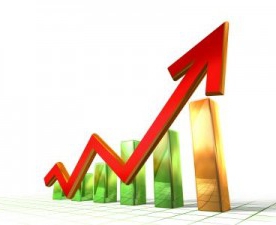
Thus, from the point of view of the Tax Code of the Russian Federation, if the company has registered the proceeds (the ownership of the goods has been transferred to the buyer or client), then, regardless of whether the funds have arrived at the company’s account or not, it should be included in the tax base for the billing period.
One of the possible criteria for fixing the fact of transfer of property rights may be the signing of relevant acts of acceptance.
If we are talking about services, the income from their provision is recognized as accrued upon the fact that the customer has consumed the corresponding services.
Cash base method
This is another approach by which it is determined if the entrepreneur calculates income tax, the tax base. It is called the “cash method”. The date of receipt of income in this case is fixed, as a rule, after the funds from the buyer or client arrive at the company's current account or at the cash desk.
The main feature of the cash method is that not all organizations can use it. The main qualification here is that the revenue should be no more than 1 million rubles per quarter on average. If it is greater, then the taxpayer undertakes, in accordance with the norms of the Tax Code, to show income on an accrual basis.
But what about the advances? Many firms sell goods and provide services with a mandatory prepayment. Are equated advance payments to revenue, which should become an integral part of the base for calculating income tax? One of the Newsletters of the Presidium of the Supreme Arbitration Court states that advance payment for goods or services is considered income if the taxpayer uses the accrual method (or if he has the right to use it only).In the cash-based format for accounting for income, despite the fact that the funds are already in the account, it is impossible to record revenue (which will then become the basis of the tax base). Experts explain this by the fact that property rights have not yet been transferred to the buyer or client.
Base and documents
Based on what documents is the revenue confirmed. which is the basis for calculating the tax base? These, as a rule, include:
- primary documentation (including accounting);
- registers related to tax accounting;
The use of securities of the first type is regulated by the Federal Law "On Accounting". In accordance with this legal act, all types of business transactions in the company must be accompanied by the signing of documents related to the so-called "acquittal type". Almost all of them are endowed with the ability to perform the functions of "primary", on the basis of which, in turn, all accounting is built.
Registers tax accounting as stated in Article 314 of the Tax Code of the Russian Federation, they are documents reflecting data that are classified according to the standards set forth in Chapter 25 of the Code. The taxpayer determines the specific forms of the registers in question, as well as how the data should be entered in them.
Loss factor in the general taxation system
The Tax Code allows Russian payers to reduce the corresponding base by the amount of losses incurred in previous reporting periods. But no more than 30%. However, the loss balance may be carried forward to subsequent tax periods. But more than 10 in a row. The most important thing is to have documentary evidence that losses occurred for each of the individual periods.
There are some restrictions on the application of such benefits. It is impossible, in particular, to use the right to set off losses incurred in the course of activities taxed in the general regime when switching to the single agricultural tax regime, as well as vice versa.
Consider examples of practical calculations where the tax base is used. Among the areas in which the corresponding fees to the treasury are collected most actively are the sale and purchase of real estate and business. In the first case, payers regularly pay property tax, the tax base of which is formed under the influence of several factors at once. When it comes to business - most often entrepreneurs deal with fees reflecting profits.
A rule similar to the one we have just met also applies in one of the STS modes - when the tax base is formed on the basis of the difference between income and expenses, and the fee itself is 15% of the resulting amount.








